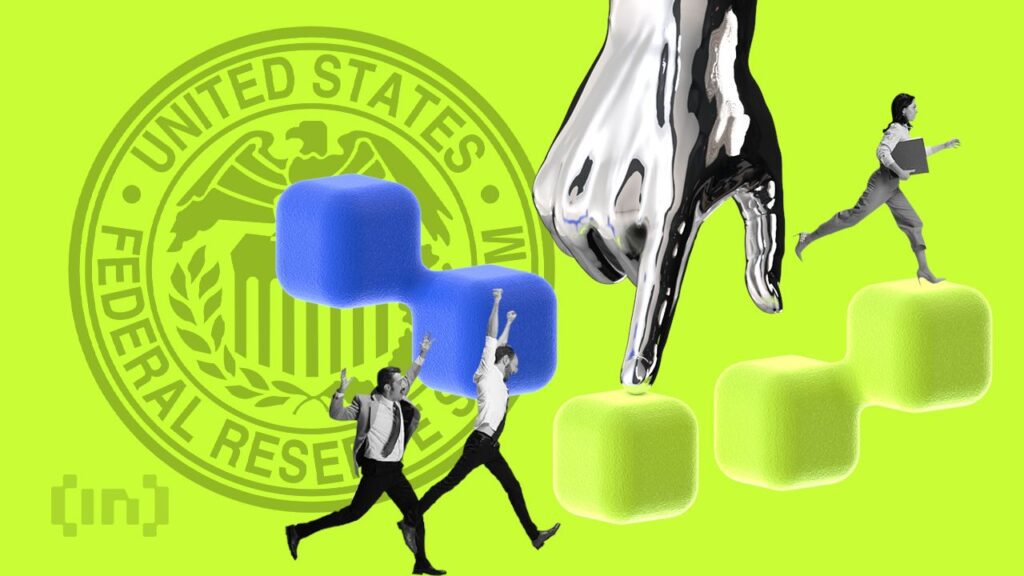US Federal Reserve President Christopher Waller said that cryptocurrencies are being integrated into payments and financial systems, marking a significant change in regulatory perspective.
The recognition comes as institutional adoption accelerates and Bitcoin’s market capitalization reaches a level that puts its pseudonymous creator among the world’s wealthiest individuals.
Evolving regulatory stance as market matures
Waller’s comments mark a departure from the cautious stance U.S. regulators have historically maintained toward digital assets.
Sponsored Sponsored
Historically, the Federal Reserve has taken a skeptical view of cryptocurrencies. Concerns center on volatility, illicit financial risks, and consumer protection.
The governor’s characterization of cryptocurrencies as woven into the fabric of the financial system suggests recognition of their established existence rather than support for their existence. This rating reflects the reality that large financial institutions provide crypto custody services, trading desks, and investment products.
Market data supports this consolidation story. Bitcoin’s market capitalization has increased significantly and its assets have reached price levels that create significant wealth effects.
According to Arkham Intelligence, the holdings attributed to Bitcoin founder Satoshi Nakamoto increased by more than $2 billion in 24 hours.
The estimated total amount now stands at $124.25 billion. This figure would rank the anonymous founder as the 15th richest person in the world. This valuation exceeds that of the Walton family, Michael Bloomberg, and Bill Gates.
Satoshi Nakamoto’s holdings, estimated at around 1.1 million BTC mined in the early days of Bitcoin, have been dormant since 2009. While their existence represents a theoretical oversupply, the prolonged period of inactivity has led market participants to significantly discount the likelihood of these coins ever entering circulation.
Meanwhile, Bloomberg analysts predict that profits from gold investments could flow into Bitcoin, indicating a potential reallocation between stores of value. This rating reflects Bitcoin’s positioning as a digital alternative to traditional safe-haven assets, especially among young investors and technology-oriented institutions.


